
I have been refining my technique of tweed color blending on my blending board.

I think of this fiber blending process as a micro wool mill, it is basically achieving the same thing in my mind, that the big wool mills do, the ones which card together whole dyed fleeces of wool and put through massive carding machines to make incredibly rich heathered blends for “tweed” yarn. Furthermore, I’ve been inspired to simplify the process as much as possible, and with as few tools as possible, in what I call ‘micro batches’ of around 30 – 50g.

First batt
In this post I show the different stages of each carding, and with only three times loading the blending board, I almost completely homogenized four separate colors!
An improvement on the last post in which I talk about my fiber blending recipe #3, this demonstration is ever so much easier, showing finer, wispier layers. Fine layering is key I think, to fewer cardings, meaning faster results.

Second batt
I’d like to add that the only equipment other than the blending board needed is some sort of apparatus to spin the fiber with; this can be a spinning wheel, or a rudimentary drop spindle, nothing fancy is needed, in fact, my wheel is very tiny and almost insignificant — I bought it for $250 brand new in 1987, and although there have been times I’ve wanted to upgrade to a big wheel, I resisted the expense, and was determined to do more with less. Thus, making my blending board was a very resonating positive instead of buying a very expensive drum carder, and I’ve learned that one can really have their own micro wool mill, with very little ~~ so empower yourself, and make some tweed yarn!
A retrospective thought: In carding the colors together three times, each time hemongenizing the colors into each other significantly more, I must say, I almost wished I’d spun it from just the first batt, as those colors looked so delicious so fresh and softly vibrant!

♣ ♣ ♣ ♣ ♣
And now the technical stuff…

Corriedale roving: salmon, fuscia, amber, and ruby.
In this blend, I’ve used only colored Corriedale solid roving, no undyed or other fiber. The steps are illustrated with a slideshow at bottom of post, and they are:
- Lay the colors in extremely thin wispy layers (as shown in slideshow) It will take a lot of layers to get through all of your fiber, but this is part of the carding process. I’ve used Corriedale roving in; 20g salmon, 10g fuscia, 10g amber, 10g ruby.
- Comb down as needed until teeth are full and all your fiber layered. You can see this above, photo captioned “first batt” , and you can draw off into rolags straight from this step if you want a lesser homogenized look, or even just spin from the batt itself , sectioned into strips and coiled up.
- With strips of first batt, layer into teeth again, just as thinly as you have been, because again, this a part of the homogenization process.
- Lift batt and either spin from this, or layer once more into a third batt.
- Lastly draw off into rolags.
Now, after all this playing with fiber blending on the thing which is called a “blending board” I would like to link to a few of my favorite sources online, all where a spinner/felter can purchase blending boards & fiber additionally, if a nifty fiber & spinning shop is nowhere near you to be found. (These are of course, USA sourced, but I am confident these can be found probably most anywhere, or available at shops which sell spinning equipment & tools.)
Paradise Fibers Blending Board for $175, comes with board, blending brushes, dowels
Laughing Lamb Blending Board for $185, comes with board, blending brush, dowels
The Woolery a whole selection of blending boards, starting at $149
Oh, and in case you’re still unsure of what a blending board actually does, I’ve searched YouTube for you , all ready to surf through the fun blending videos… HERE
What I use: I’d like to say that even though I made my own from a 24″x12″ piece of carding cloth (read in this post) that it would be a lot easier to purchase a regular 12″x12″ blending board already made up, in a kit with brushes & dowels. However, carding cloth is available by the foot if making one’s own is preferred. Additionally, although many people use blending boards on their lap, I find it much better to use on a table top, secure & flat, with the foot of the board hooked on the edge of surface so I can pull the fiber into the teeth and pull the needles toward me when drawing off rolags — not away from me, or sideways. I have found that large slippery metal knitting needles work better than dowels, and use a pair of my mother’s old aluminum ones, size US 13- 9mm. Lastly, the only other tool I use, other than the needles and blending board itself, is a paintbrush comb, which can be found at a hardware store, something like this with rigid teeth and very sharp points, to lift the fiber off of the carding board. I use the palm of my left hand to gently and carefully hold the fiber against the teeth as my right hand pulls the fiber along the carding surface. That is all I use; carding board, needles, and comb.
All my posts related to Tweed Chronicles (blending on a carding board) in this category.
And now …. here’s the show!
This slideshow requires JavaScript.


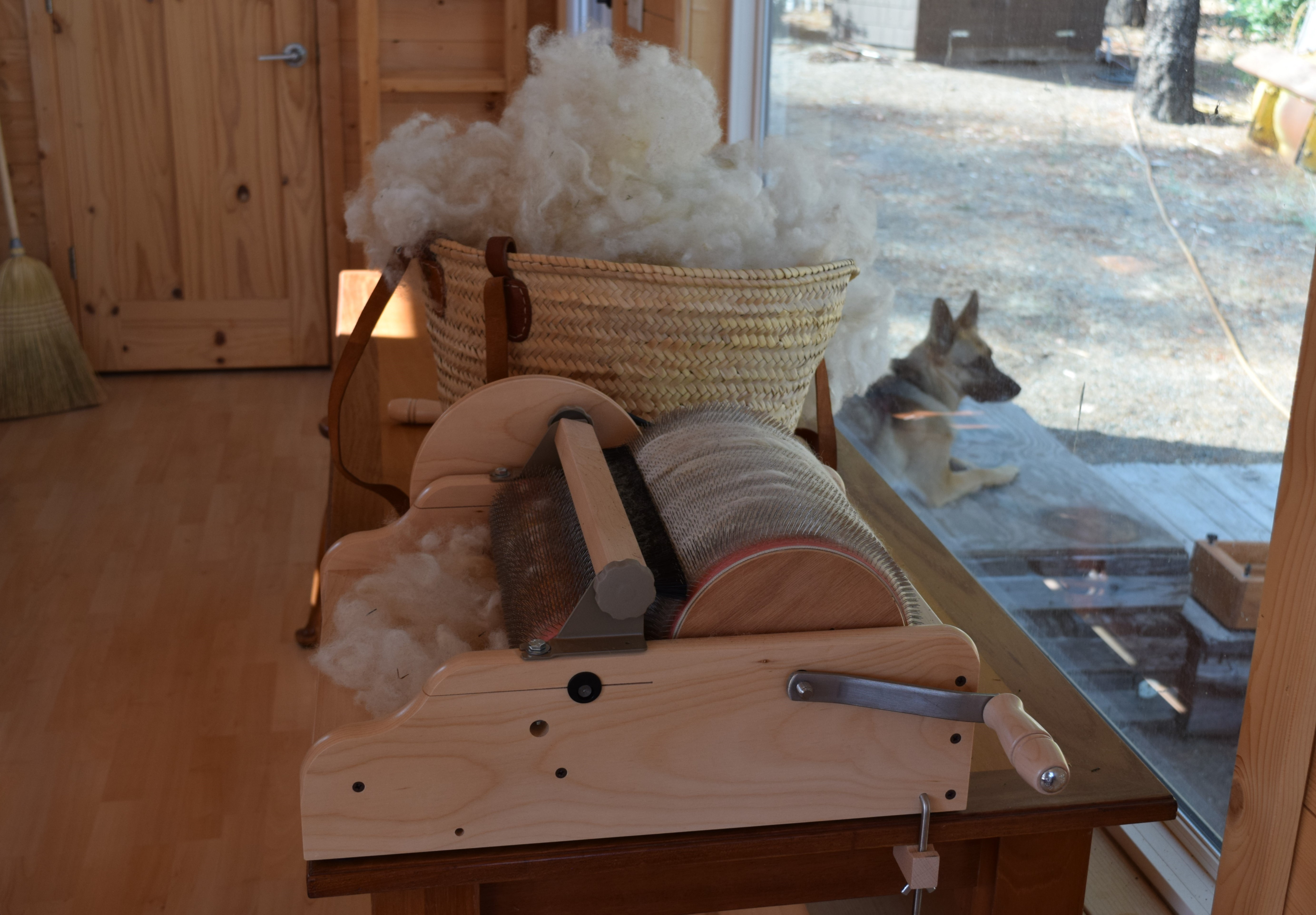
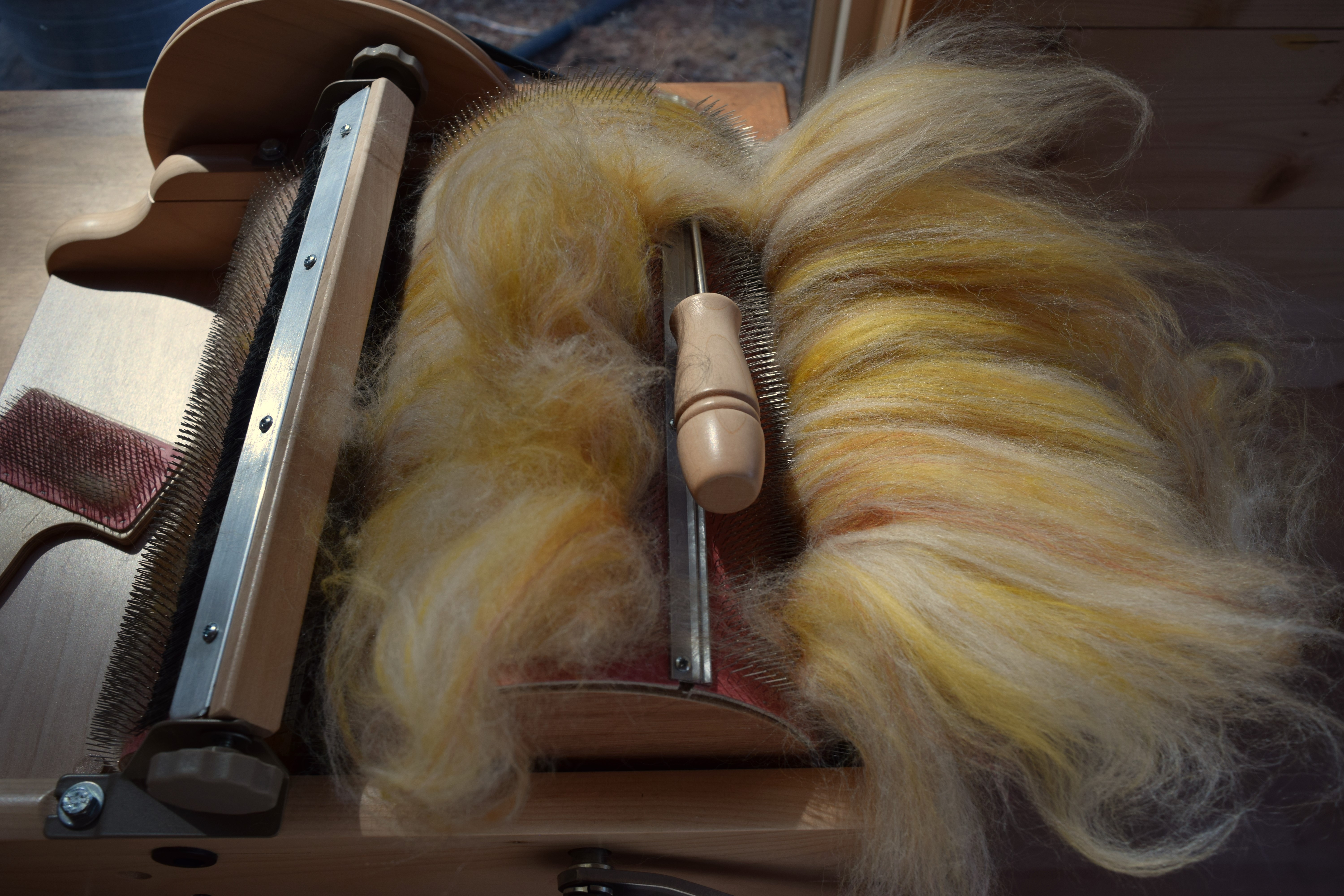
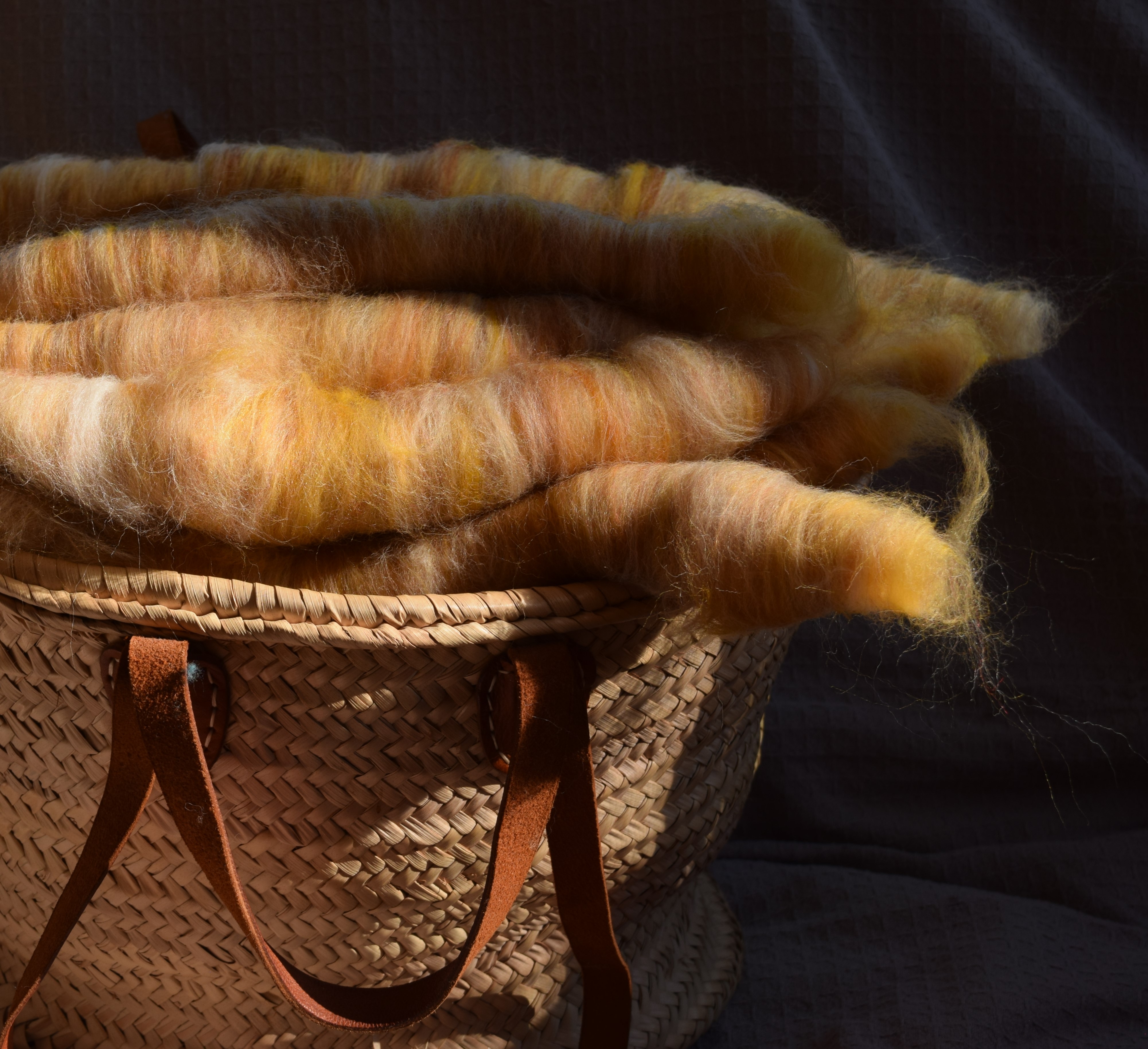








































 I am more than half way through my fiber preparation, and I am really happy to say that I have made a breakthrough with the blending board! In the last two years I have
I am more than half way through my fiber preparation, and I am really happy to say that I have made a breakthrough with the blending board! In the last two years I have































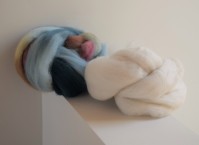




































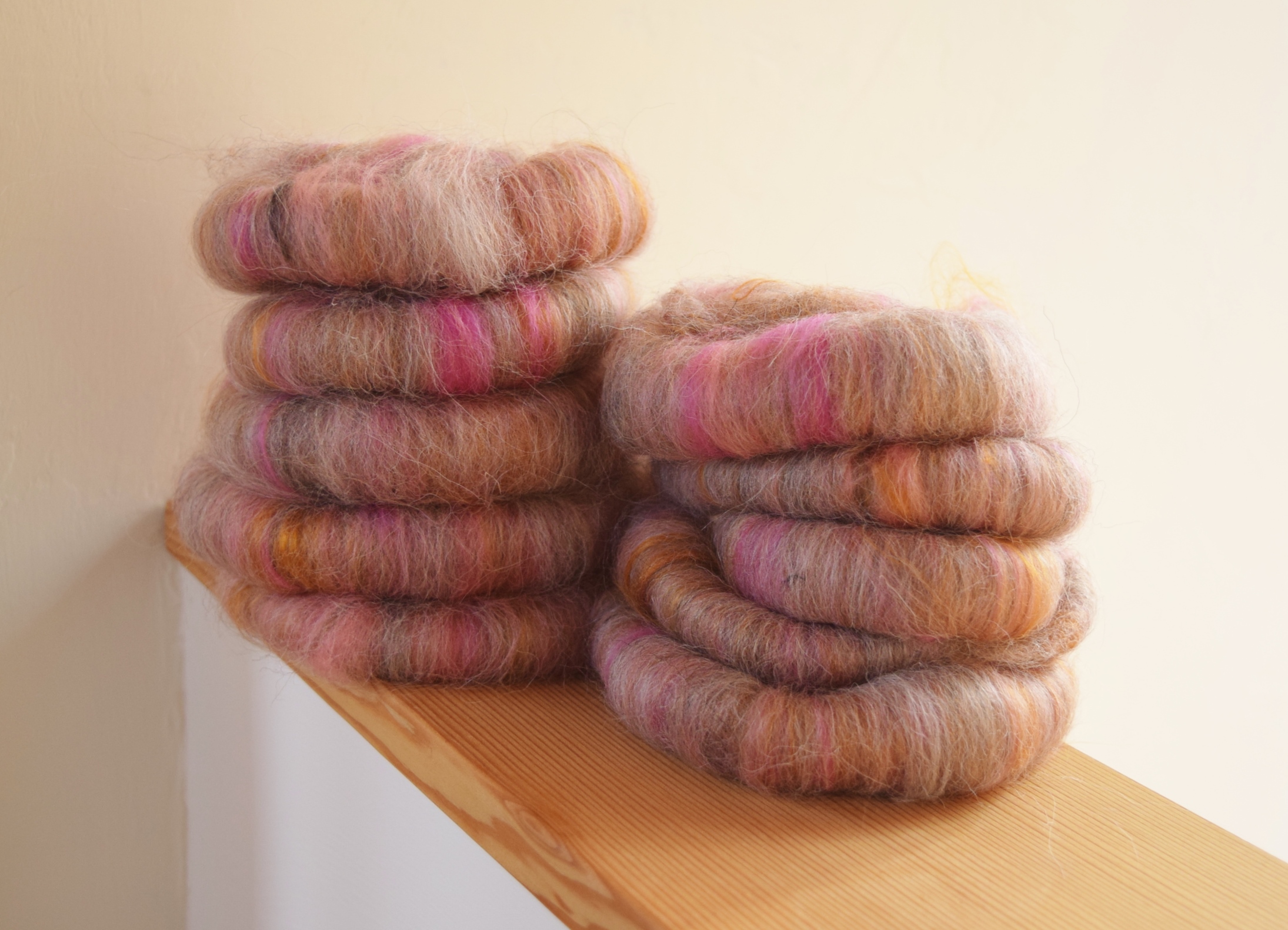




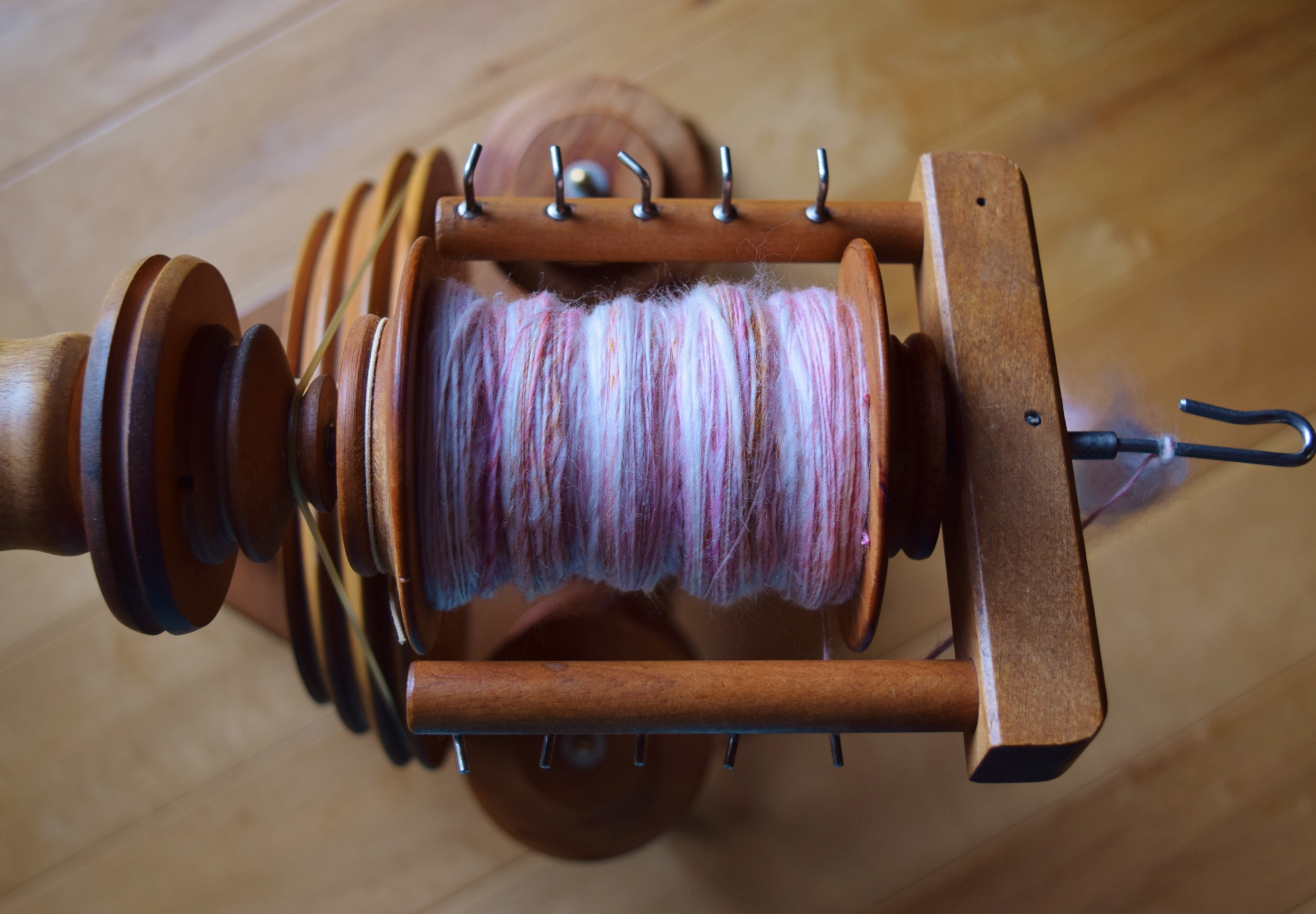























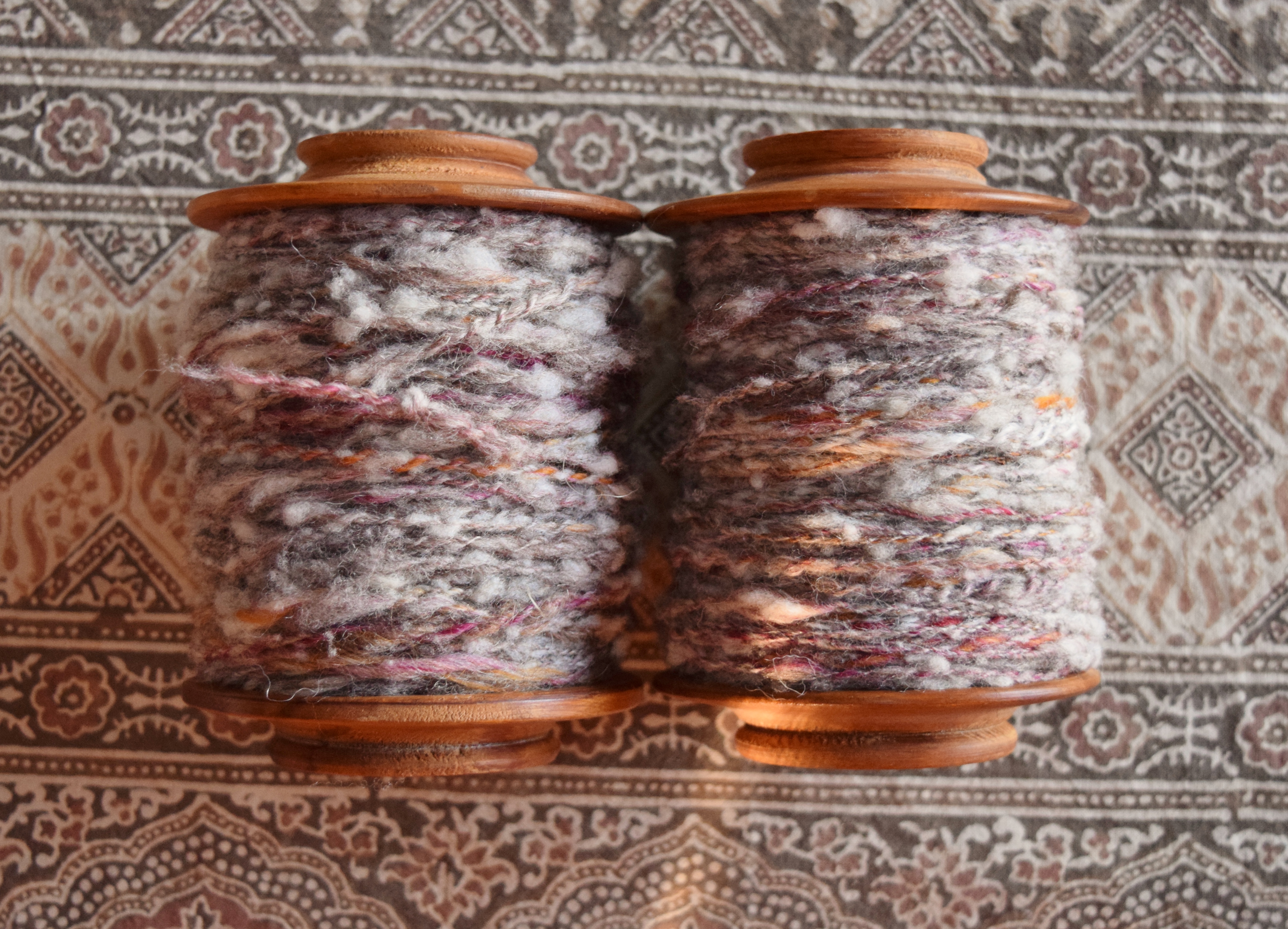



 I bought 24″ of very expensive 12″ carding cloth, but still less expensive than a new 12×12″ board. We cut some plywood to size, and after a quick glue & nailing down the carding cloth, added a footing to the head, and a handle, and ended up with double the size of the regular blending boards available. Not bad! I then spent hours practicing on some old weedy raw fleece I had hidden away, found my old carders, and had a go with some alpaca.
I bought 24″ of very expensive 12″ carding cloth, but still less expensive than a new 12×12″ board. We cut some plywood to size, and after a quick glue & nailing down the carding cloth, added a footing to the head, and a handle, and ended up with double the size of the regular blending boards available. Not bad! I then spent hours practicing on some old weedy raw fleece I had hidden away, found my old carders, and had a go with some alpaca.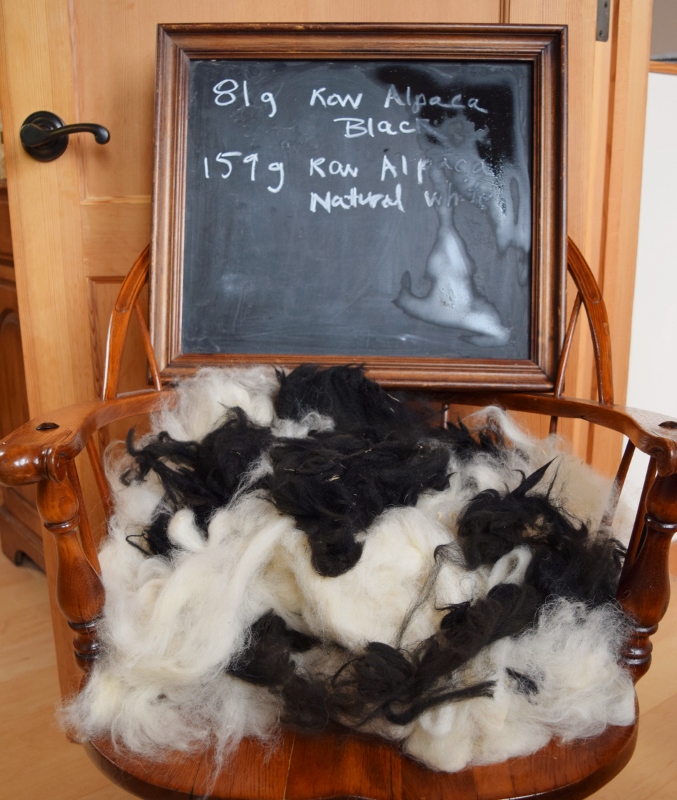



You must be logged in to post a comment.